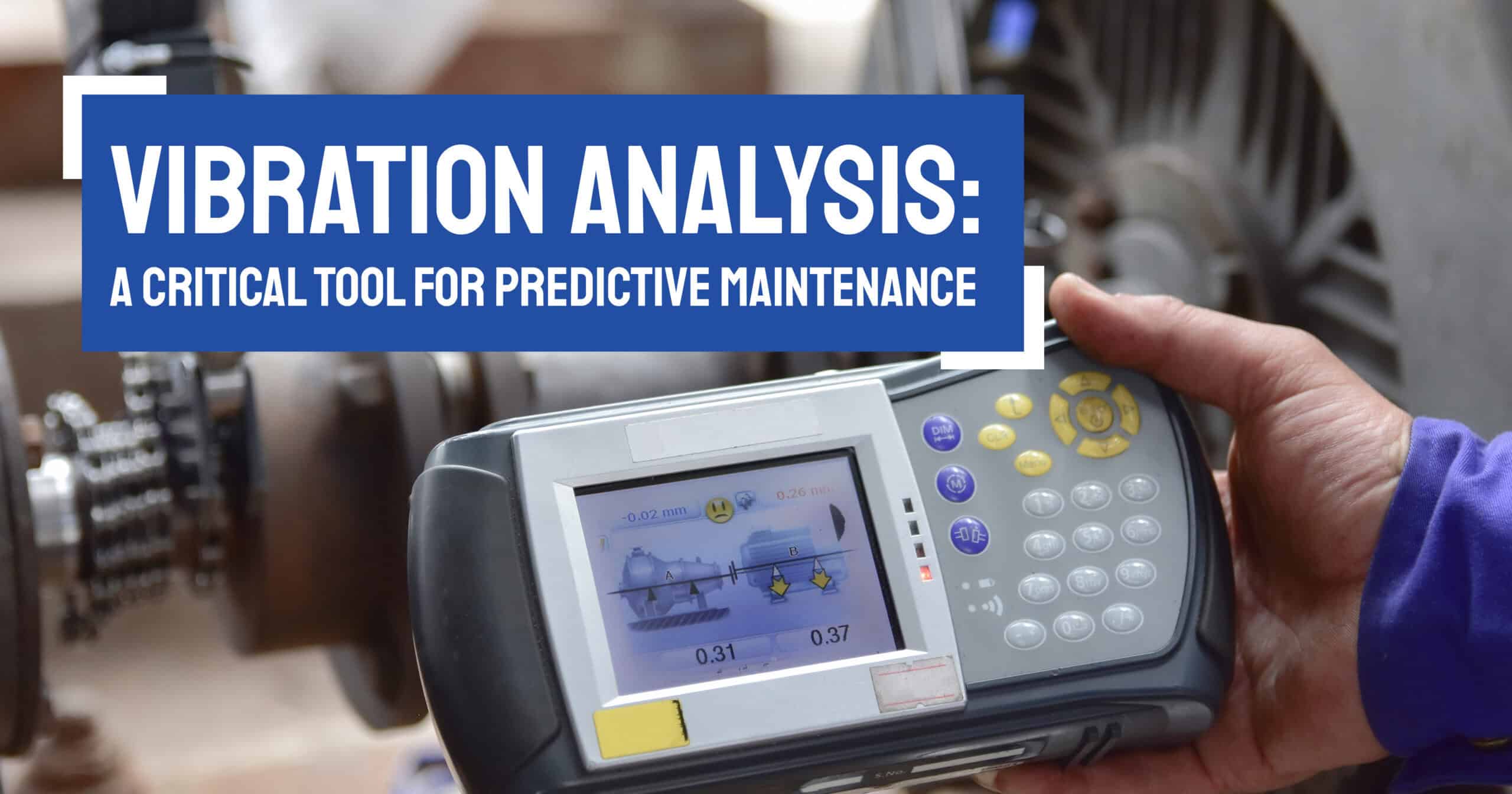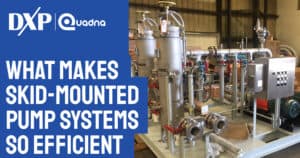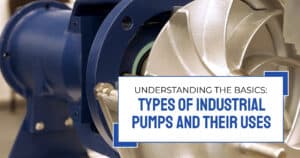In industrial pump systems, downtime is a major concern. It can mean lost production, costly repairs and missed opportunities. That’s why predictive maintenance (PdM) strategies are so valuable. Among the most effective tools in this approach is vibration analysis, a proven method for monitoring machine health and catching issues early. By tracking vibration patterns and trends, operators can identify problems such as bearing failures and misalignment long before they escalate into major breakdowns.
Why Vibration Matters
Every pump, motor and rotating asset generates vibration. Under normal conditions, those vibrations are consistent and fall within an expected range. But when mechanical issues develop—whether from imbalance, worn bearings or shaft misalignment—the vibration patterns change. These deviations act like early warning signals. With proper analysis, technicians can translate those subtle changes into actionable insights by pinpointing exactly where and why problems are occurring.
Instead of waiting for an unexpected shutdown, vibration analysis allows maintenance teams to schedule repairs proactively. This approach not only reduces unplanned downtime but also extends the life of critical equipment.
Detecting Bearing Issues Early
Bearings are among the most common failure points in pumps and motors. As they wear, small defects begin to create noticeable vibration signatures. When left unchecked, bearing damage can spread quickly and lead to catastrophic failure and even secondary damage to shafts or housings.
With vibration analysis, these early signs of trouble can be identified at the very beginning—well before the problem becomes audible or visible. By catching bearing wear in its earliest stages, operators can replace components at the right time, avoiding emergency shutdowns and reducing the risk of collateral damage.
Spotting Misalignment and Imbalance
Shaft misalignment and rotor imbalance are also frequent culprits in pump reliability issues. Misaligned couplings or improperly installed shafts place unnecessary stress on rotating components, leading to excessive vibration, premature wear and energy inefficiency.
Vibration analysis provides a clear window into these conditions. Specific frequency patterns indicate when alignment or balance corrections are needed, enabling maintenance teams to fine-tune equipment and restore peak performance. This not only prevents failures but also improves efficiency, reducing power consumption and operating costs.
A Key Component of Predictive Maintenance
Vibration analysis fits seamlessly into a broader predictive maintenance program. When combined with other monitoring techniques—such as thermography, oil analysis and performance tracking—it creates a holistic view of system health. This layered approach ensures no issue goes undetected, and each maintenance action is based on real data rather than guesswork.
The benefits include:
- Reduced downtime through early detection of problems.
- Extended equipment life by preventing excessive wear.
- Lower maintenance costs thanks to targeted, data-driven repairs.
- Improved safety and reliability across all pump operations.
Partnering with Experts
While vibration analysis is powerful, it requires expertise to interpret correctly. Raw vibration data must be translated into meaningful insights, and corrective actions must be carefully planned. This is where partnering with a knowledgeable service provider makes all the difference.
At DXP Quadna, we bring extensive experience in pump diagnostics and predictive maintenance. Our specialists use advanced vibration monitoring tools to identify problems before they happen, ensuring your equipment operates at peak efficiency. Whether you’re aiming to reduce downtime, optimize energy use or extend the life of your pumps, we provide the expertise and support to make predictive maintenance a reality. Contact us today to learn more about how we can help you manage your pump systems for full optimization.





